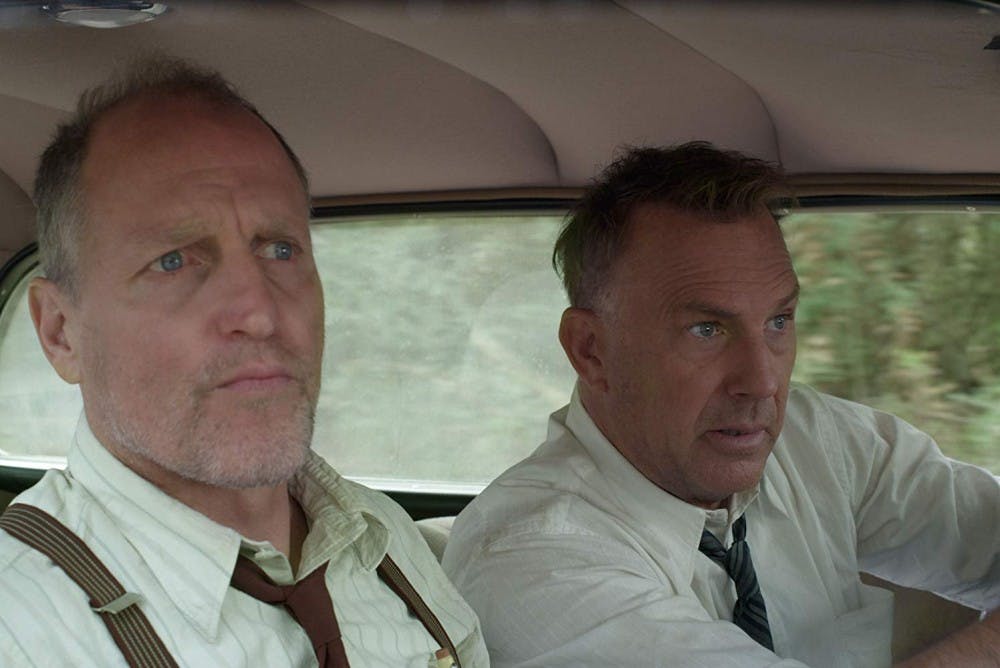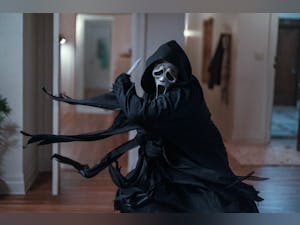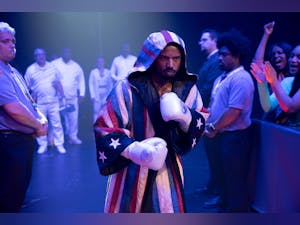From: Silver Screen
Director John Lee Hancock and Writer John Fusco discuss “The Highwaymen”

Police checkpoints and investigations of a thousand-men sting operation couldn’t stop outlaws Bonnie and Clyde, but two former Texas rangers did. Frank Hamer and Manny Gault were two highwaymen who brought an end to the criminals in 1934.
“The Highwaymen” screenwriter John Fusco described the story as having an “elegiac western quality” to it that’s reminiscent of western miniseries “Lonesome Dove” or “Ride the High Country,” but was in fact a true story.
Netflix’s “The Highwaymen,” took a long time to make. Fusco had been fascinated with the historical adventure for 16 years, with even Robert Redford and Paul Newman attached to the project at one point.
“It was something I’ve wanted to do for many years, back when I first learned about Frank Hamer and who he was,” Fusco said. “There was another side of the Bonnie and Clyde story with a flipped perspective.”
Fusco spent time researching for the film and even befriended Frank Hamer Jr. to get his blessing before he started writing. He also worked with some of the biggest Bonnie and Clyde historians and followed the trail, he said.
John Lee Hancock, the film’s director, worked on the project with Fusco for 13 years.
“I’m the newcomer,” Hancock quipped. A Texas native, he had always been inspired by the Texas Rangers and saw them as larger-than life figures. “There’s a big shadow that they cast.”
Hancock felt it was important to immerse himself in the setting, after directing period pieces like “The Founder” and “The Alamo” in the past.
“You immerse yourself and it starts with [production designer] Michael Corenblith initially starting to preview the locations … and finding stuff that feels of the period,” Hancock said.
Since they didn’t have the budget for building large sets, they had to “actually find 1934,” Hancock said. He said that he shared Fusco’s sentiments about the story having a western sensibility, and shot the film using an aspect ratio popular with Western films.
“I took it particularly from Frank and Manny; it’s like they were more comfortable on horseback,” he said. “They would consider themselves more cowboys … and so we shot it with an aspect ratio of 2.39: 1 for a reason: It’s a widescreen.”
Having viewers see the geography of the film was important because it acted as a real character in the movie, Hancock said.
Both Kevin Costner and Woody Harrelson give strong performances as Hamer and Gault, and a lot of the film rides on their chemistry. Hancock previously worked with Costner in Clint Eastwood’s 1992 film “A Perfect World.”
“Kevin was very good to me, that was kind of the first movie that I’d had made,” Hancock said. “So between Clint and Kevin, I had two Academy Award-winning directors on the same set that I was allowed to be on.”
Hancock said that they were always looking for another project to work on together, and “The Highwaymen” was the pitch to knock it out of the park. When he signed on to it, it was a good day, he said.
Hancock discussed an opportunity to explore an ordinary person’s moral ambiguity during the 1930s that would draw people to Bonnie and Clyde, which ties into the overall goal of the film to de-romanticize Bonnie and Clyde.
“The banks foreclosed our businesses, our farms ... our houses. They’re the bad guys,” Hancock said. “If they’re robbing banks I’m fine with that.”
He said that people saw Bonnie and Clyde the duo as modern day Robin Hoods, even though they murdered the innocent and kept the money they stole. People were in bad enough shape that they would often turn to low level crimes, which is how Clyde started, he said.
The film succeeds in de-romanticizing the Bonnie and Clyde story, and provides a different perspective in their demise. Both Costner and Harrelson excellently portray their characters with a world-weariness, observing a country that has evolved so much since they retired from the Texas Rangers: a country that no longer embraced the cowboy, gung-ho mentality and was keen on upholding the law asHamer and Manny try to evolve with it.
The film is out in select theaters and will be released on Netflix Friday, March 29.
aalmutairi@theeagleonline.com




